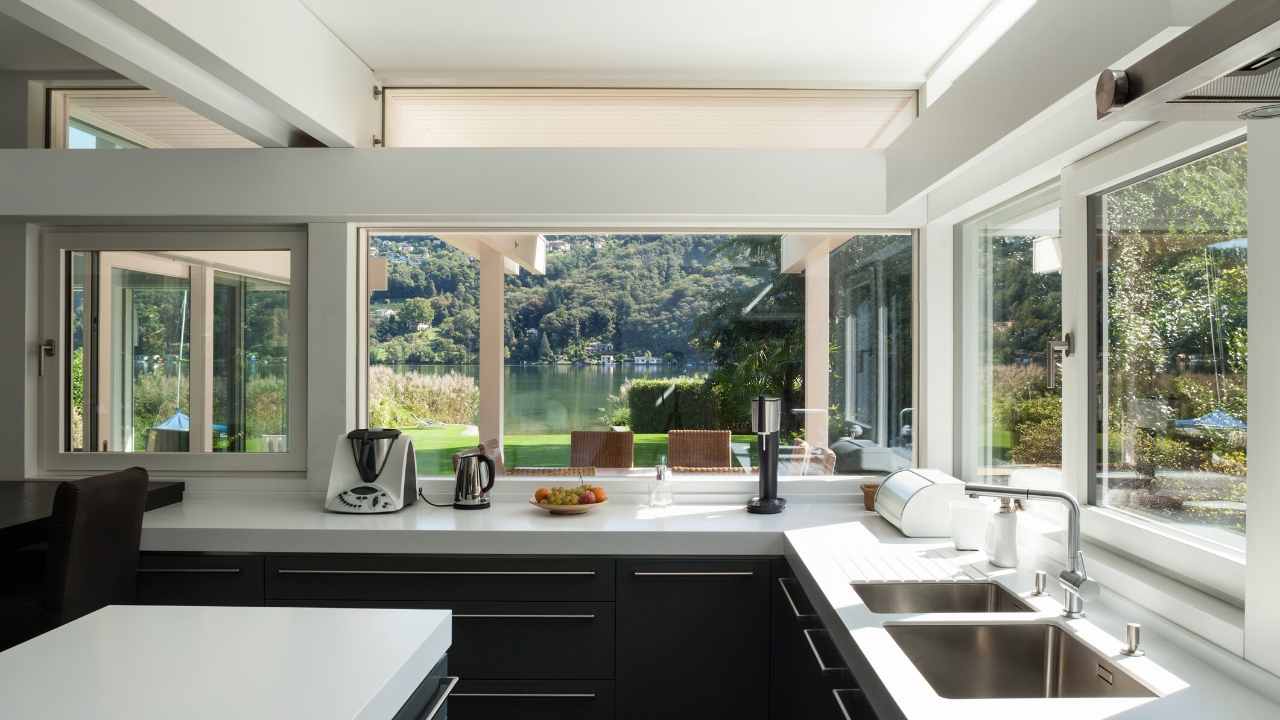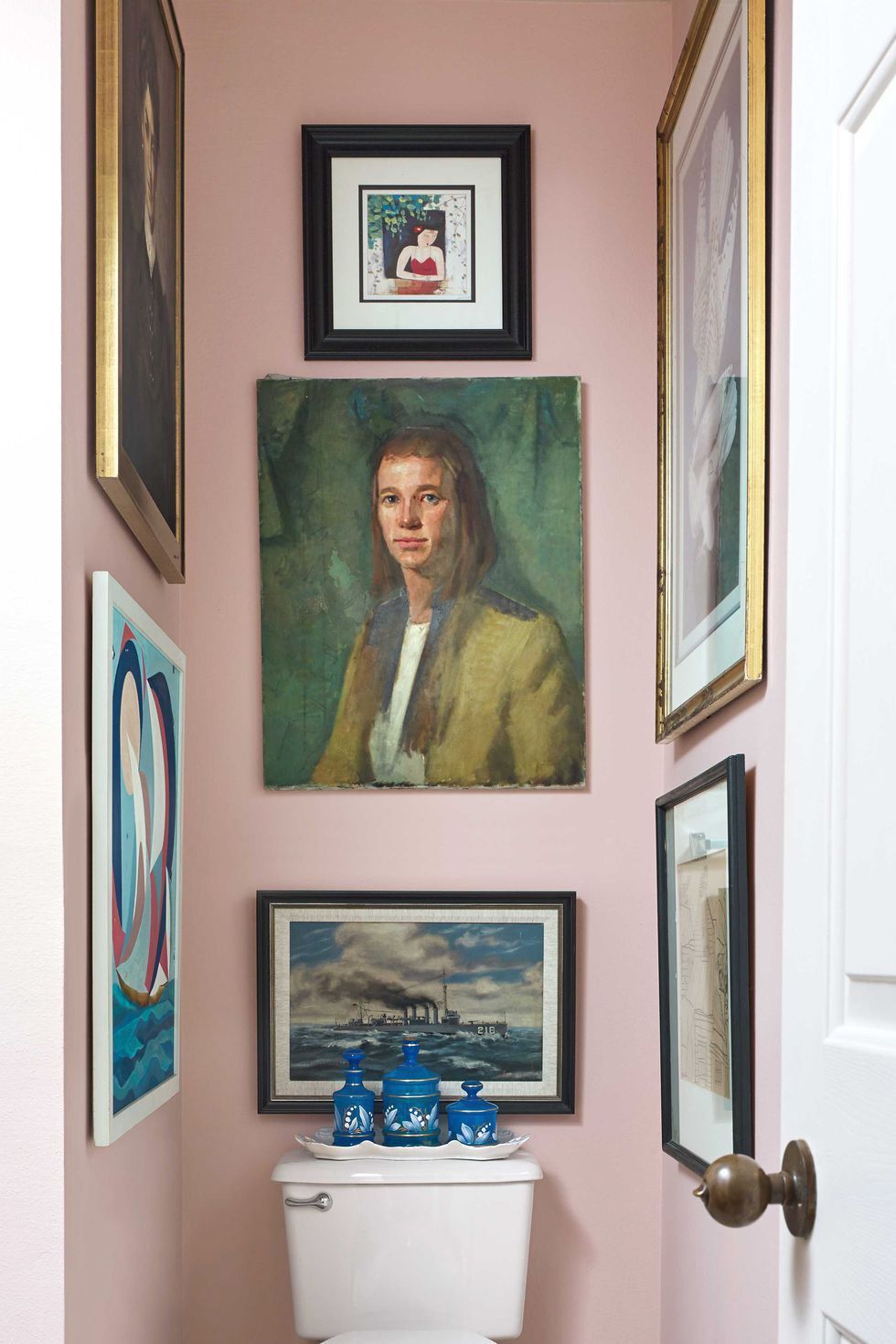
Basement finishing can be expensive. The most common costs are paint and drywall. Next, you will need to purchase the materials necessary for the project. A drywall ceiling, for example, can be as low as $1 to $6 per square feet. If you intend to use the finished area for sleeping and entertaining, a fire exit is required. Depending upon the size of the room, the basement finisher will need to excavate a portion of the ground or reframe an existing wall to conform to building codes.
Depending on the size of the finished area, the cost of finishing a basement can vary significantly. In some cases, costs can exceed the original price. This is due to the fact that you will need professionals to handle a wide range of tasks. You may have to pay more for a professional to finish your basement. Also, the materials needed for the project will increase the price.

Flooring installation is just like any other home improvement project. This can range from $1,500 to $4,500. The price of luxurious hardwood can reach up to $15 per square foot, while carpeting and laminate flooring typically cost between $2 and $6 per square foot. For a lower price, you can source second-hand furniture on Craigslist or OfferUp.
The cost of a bathroom, kitchen, or bedroom in a basement is largely determined by the quality and quantity of materials. For a simple bathroom remodel, you should budget around $3,000 A basement that includes a guest room should cost approximately $50,000. If you want to add a bedroom, an egress window or additional windows may be required. You can expect to spend an additional thousand to two thousand dollars if you want to add a greenhouse. A basement that is finished can add value to your home and make it more functional.
The cost of hiring a basement contractor is the most expensive part of the project. A general contractor can charge anywhere from $25 to $100 per hour. The amount of work that you have to do and how large the basement is are factors that will determine the cost. Some contractors charge by the hour, while others charge by the day. The complexity of the project will impact the cost and fees charged by a general contractor. The best contractors will be knowledgeable about local building codes and will make upgrades if necessary.

The level of customization you choose will determine the cost of framing basements. Framing a basement that has high-end finishes costs between $2800 and $33,985. This includes the installation and maintenance of insulation and ductwork. Using a ductless mini-split system for heating and cooling can be costly, but it is not necessary. Radiant heat is an alternative. A home theater system can be installed for a fraction of what a basement would cost.
FAQ
Do you prefer to hire a general contractor, or a subcontractor for your project?
Hiring a general contractor is usually more expensive than hiring a subcontractor. A general contractor has many employees, so they often charge their clients a lot of money for labor costs. Subcontractors, on the contrary, hire one employee and charge less per hour.
What is the cost to renovate a house?
The cost of renovations depends on what material is used, the size of project and how complicated the job is. Certain materials, such as wood, require special tools like drills and saws. Others like steel don't. The price of renovations depends on whether you hire a contractor to do the job or if you are willing to do the work yourself.
The average home improvement project cost is between $1,000 and $10,000. If you are looking to hire professionals, expect to pay between $5,000 and $25,000. The total cost of hiring professionals could be anywhere from $5,000 to $25,000. If you choose to complete the task yourself, it could run up to $100,000.
It is important to know that renovation costs can be affected by many factors. The type of material used (e.g. Brick vs. concrete, the project's size, the number and duration of workers, etc. These are all important factors to consider when estimating renovation costs.
You can live in a house while it is being renovated.
Yes, I can live inside a house while I renovate it.
Is it possible to live in a house with renovations going on? The time taken to complete the work will impact the answer. If the renovation process takes less than 2 months, then your home can be lived in while it's being renovated. However, if the renovation project lasts longer than two months, then no, you cannot live in your home while the renovation is taking place.
Because of the possibility of falling objects, you shouldn't live in your home while a major construction project is underway. There is also the possibility of dust and noise pollution from the heavy machinery at the job site.
This is especially true if you live in a multi-story house. In such cases, vibrations and noises from construction workers may cause irreparable damage to your property.
As mentioned earlier, you will also have to deal with the inconvenience of living in a temporary shelter while your home is being renovated. You won't have all the amenities of your home.
While your dryer and washing machine are being repaired, you won't be able use them. The workers will make loud banging noises, paint fumes, and chemicals obstruct your ability to use your dryer and washing machine.
All these factors can result in stress and anxiety within your family. Therefore, it is important to plan ahead in order not to feel overwhelmed by the situation.
Do your research before you begin renovating your home. You can avoid costly mistakes later.
It is also advisable to seek professional assistance from a reputable contractor so that you can ensure that everything goes smoothly.
Statistics
- Rather, allot 10% to 15% for a contingency fund to pay for unexpected construction issues. (kiplinger.com)
- Most lenders will lend you up to 75% or 80% of the appraised value of your home, but some will go higher. (kiplinger.com)
- Design-builders may ask for a down payment of up to 25% or 33% of the job cost, says the NARI. (kiplinger.com)
- ‘The potential added value of a loft conversion, which could create an extra bedroom and ensuite, could be as much as 20 per cent and 15 per cent for a garage conversion.' (realhomes.com)
- According to the National Association of the Remodeling Industry's 2019 remodeling impact report , realtors estimate that homeowners can recover 59% of the cost of a complete kitchen renovation if they sell their home. (bhg.com)
External Links
How To
How do I plan for a whole house renovation?
Planning a whole-house remodel requires planning and research. There are many things you should consider before starting your project. You must first decide what type home improvement you want. You can choose from a variety of categories, such as kitchen or bathroom, bedroom, living space, or living room. Once you know which category you would like to work on, you'll need to figure out how much money you have available to spend on your project. If you have never worked on homes, it is best to budget at most $5,000 per room. If you have experience, you may be able to manage with less.
Once you've determined the amount of money you can spend, you need to decide how large a job you want. If you have only enough money to remodel a small kitchen, you may not be able add new flooring, countertops, or paint the walls. You can do almost everything if you have enough cash for a full-scale kitchen renovation.
Next, find a contractor that specializes in the project you are interested in. This will guarantee quality results, and it will save you time later. After you have selected a professional contractor, you can start to gather materials and supplies. Depending on the project's size, you may have to buy all of the materials from scratch. There are many stores that offer pre-made products so it shouldn't be difficult to find what you need.
Once you have all of the necessary supplies, you can start making plans. The first step is to make a sketch of the places you intend to place furniture and appliances. Next, plan the layout. Make sure that you leave space for plumbing and electrical outlets. Make sure to position the most visited areas close to the front door. Visitors can also easily access them. Final touches to your design include choosing the right colors and finishes. Avoid spending too much on your design by sticking to simple, neutral colors and designs.
Now it's time to build! It's important that you check the codes in your area before you start construction. While some cities require permits, others allow homeowners to construct without them. First, remove all walls and floors. Next, you'll lay down plywood sheets to protect your new flooring surfaces. Then, you'll nail or screw together pieces of wood to form the frame for your cabinets. Finally, attach doors and windows.
You'll need to finish a few final touches once you're done. Covering exposed pipes and wires is one example. Plastic sheeting and tape are used to cover exposed wires. You will also need to hang photos and mirrors. You should always keep your work area clean.
You'll have a functional home that looks amazing and is cost-effective if you follow these steps. Now that you are familiar with how to plan a whole home remodel project, it is time to get started.